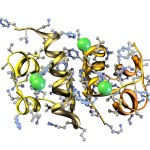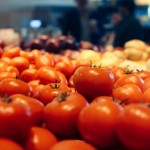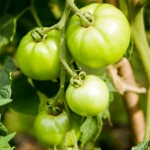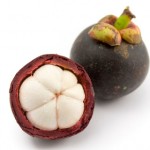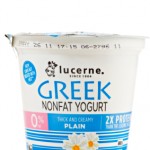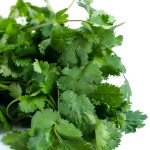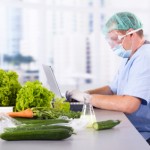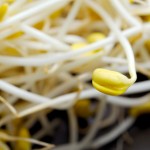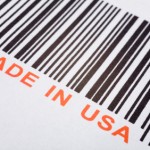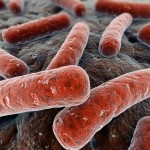I'm still digesting Taubes's work with mixed feelings, but his concept that insulin is central in the obesity epidemic took on a new meaning today. I was reading the "Health & Wellness" section of The Wall Street Journal and came across an article titled "Programming a Fetus for a Healthier Life." I was intrigued and read further, finding the U.K. government is backing a research effort in the realm of "fetal programming," changing the uterine environment during pregnancy in an attempt to better a child's health for the better in later years.
This is new turf for me and normally not an area I would have written about; in this case, however, the experiment, thus far only in its early stages, hopes to prevent obesity.
The underlying concept is the work of Dr. David J. P. Barker, who published a theory in 1997 termed the "thrifty phenotype," saying that in poor nutritional conditions, a pregnant woman can modify the development of her unborn child such that it will be prepared to survive in a resource-limited environment. The extension of this says reduced fetal growth is associated with a number of later-life chronic conditions.
Barker is now both Professor of Epidemiology at an English university and Professor in the Department of Cardiovascular Medicine at the Oregon Health and Science University. In 1995 his theory was renamed as the Barker hypothesis by the British Medical Journal. Now it's being applied in a very different setting.
The study is attempting to enroll obese pregnant women, 400 of them, in a trial of an oral agent called Metformin, normally utilized to treat type-2 diabetes, to lower their blood sugars, which tend to run higher than normal. The thought is that glucose is passed on to babies in utero and they then end up larger than normal birth weights and elevated insulin levels, setting the stage for lifelong obesity.
Dr. Jane Norman, a maternal-fetal health specialist at the University of Edinburgh is a lead investigator. A prominent US specialist, on the board of the 2,000-member Maternal-Fetal Medicine Society and not involved in the study, says he'd have no qualms about his patients joining the Metformin-taking moms-to-be.
I searched the literature and found the following
"Does metformin cause birth defects? Is it safe to take it during the first trimester?
Most studies suggest that metformin is not associated with an increased risk of birth defects. Some early trials suggested that the use of metformin during the first trimester was associated with an increased risk of birth defects. However, it is not clear whether these were caused by metformin or poor control of the mothers’ diabetes. More recent trials studying the safety of metformin during pregnancy, mostly when used to treat insulin resistance in women with PCOS (polycystic ovary syndrome), did not show an increased rate of birth defects or complications at birth."
So the concept appears to be a reasonable test of whether the uterine environment can be safely altered with a drug to prevent obesity.
Wow!


